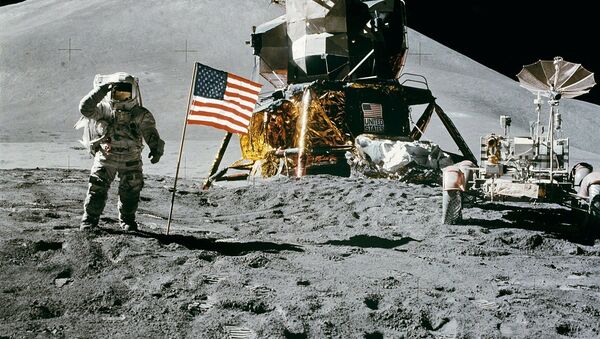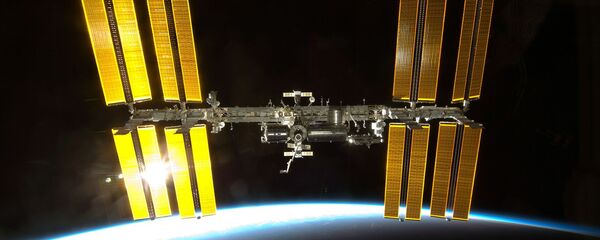NASA has launched a crowdsourcing campaign offering $20,000 to the individual who designs a toilet that will be used in the upcoming mission to the Moon. The agency said the design should not be based on current waste management technology, as it wants to make the space toilets that are currently used lighter and smaller.
At the same time, NASA noted that one should not reinvent the wheel and noted that anything which is "time intensive and complicated to use" will be less attractive. "The process for using proposed toilet designs must be relatively straightforward", the agency said in a statement.
The new space loo should allow astronauts to comfortably do their ones and twos in microgravity (weightlessness) and lunar gravity (when human waste falls down).
In addition, it should be able to accommodate sick crew members who experience nausea and diarrhoea. "Although the preferred method for capturing vomit will be emesis bags ('throw up' bags), bonus points will be awarded to designs that can capture vomit without requiring the crew member to put his/her head in the toilet", NASA said in a statement.
NASA looks to the public to help design next space toilet pic.twitter.com/9CCI9ztt5q
— Nazar Bruineman (@merrick_ivy) June 26, 2020
The design specifications include:
- capable of accommodating both females and males
- it should have a mass less than 15 kilograms in Earth’s gravity
- occupy a volume no greater than 0.12 cubic metres
- consume less than 70 watts of power
- should conserve water and help maintain a pristine environment inside the spacecraft (no odours)
- operate with a noise level lower than 60 decibels (no louder than an average hair dryer)
Designs should be submitted by 17 August. The winner will get $20,000, while those who come in second and third will get $10,000 and $5,000 respectively.




